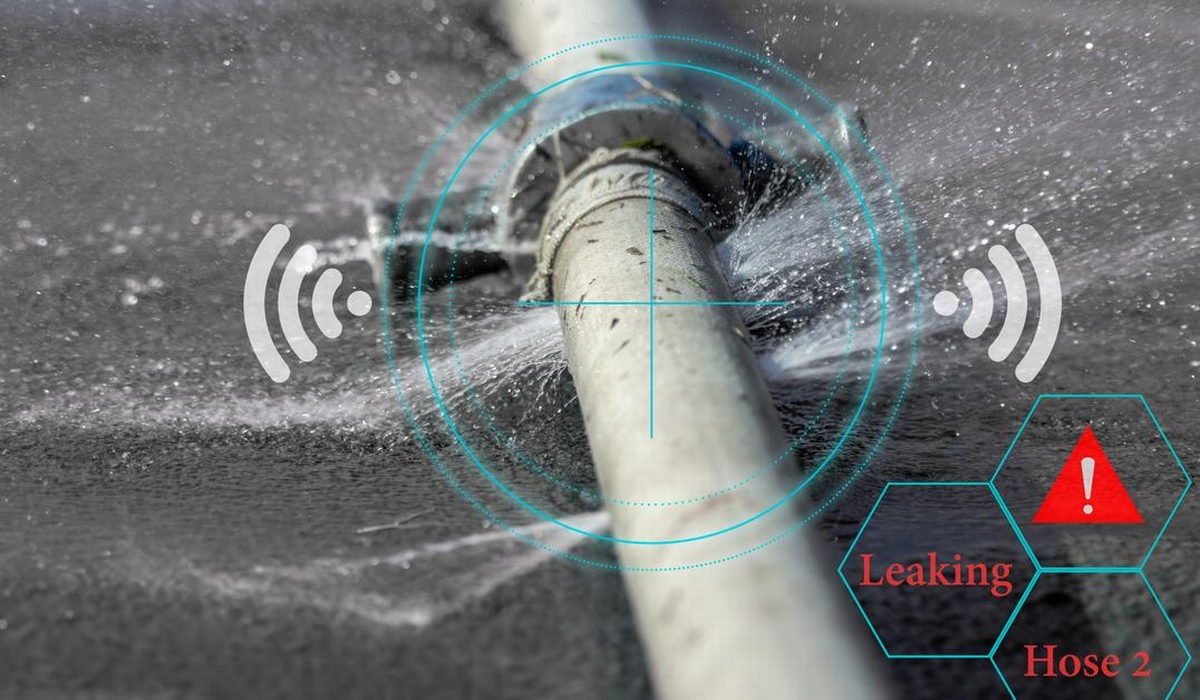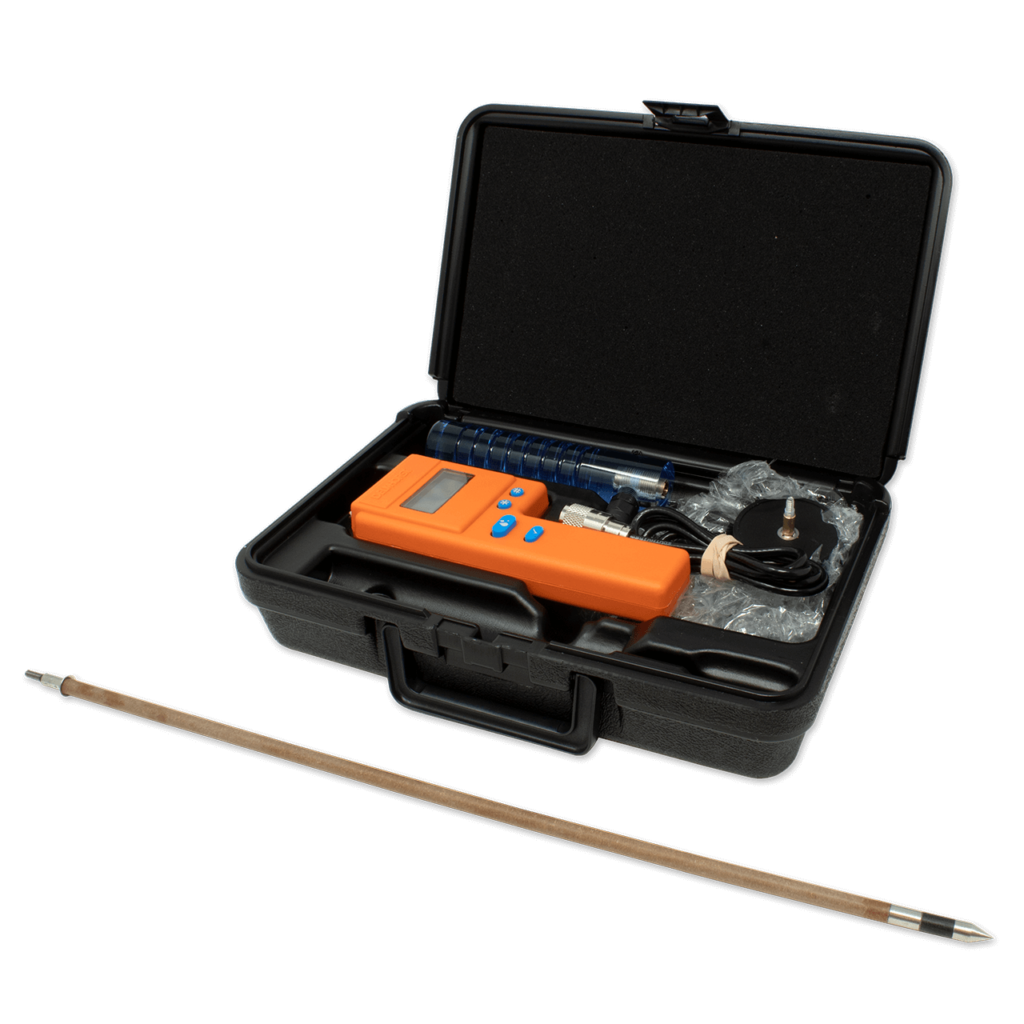
11 Oct Advanced Technologies in Water Damage Restoration
Introduction
Water damage restoration is a critical process for mitigating the effects of water intrusion in residential and commercial properties. With the increasing frequency of extreme weather events and aging infrastructure, the demand for effective water damage restoration has never been higher. Advanced technologies are transforming this field, making it more efficient, accurate, and cost-effective. This article explores the latest advancements in water damage restoration technologies and their impact on the industry.
Table of Contents
- Introduction
- Detection and Assessment Technologies
- Drying and Dehumidification Technologies
- Sanitization and Mold Remediation
- Conclusion
- Key Takeaways
- FAQ
Detection and Assessment Technologies
Moisture Meters
Moisture meters are essential tools for detecting hidden moisture in walls, floors, and ceilings. These devices come in various types, including pin-type, pinless, and all-in-one models. Pin-type meters use electrodes to measure electrical resistance, while pinless meters use electromagnetic sensors to detect moisture levels without penetrating the material.
Pin-Type Moisture Meters
Pin-type moisture meters are highly accurate but can cause minor damage to surfaces due to the insertion of pins. They are ideal for measuring moisture content in wood and other porous materials.
Pinless Moisture Meters
Pinless moisture meters offer a non-invasive method for detecting moisture. They are suitable for quick scans of large areas and can be used on a variety of materials, including drywall, concrete, and tile.
Thermal Imaging Cameras
Thermal imaging cameras use infrared technology to detect temperature variations caused by moisture. These cameras provide a visual representation of wet areas, making it easier to identify hidden leaks and water intrusion points.
Benefits of Thermal Imaging Cameras
- Non-invasive detection method
- Quick identification of problem areas
- Accurate assessment of moisture spread
Hygrometers
Hygrometers measure the relative humidity (RH) in the air, which is crucial for assessing the drying environment. Maintaining optimal RH levels is essential for preventing mold growth and ensuring efficient drying.
Drying and Dehumidification Technologies
Desiccant Dehumidifiers
Desiccant dehumidifiers use chemical desiccants like silica gel to absorb moisture from the air. These devices are highly effective in low-temperature environments where traditional refrigerant dehumidifiers may struggle.
Advantages of Desiccant Dehumidifiers
- Effective in low temperatures
- High moisture removal capacity
- Portable and easy to set up
Refrigerant Dehumidifiers
Refrigerant dehumidifiers work by cooling air below its dew point, causing moisture to condense and collect. They are commonly used in warm environments with high humidity levels.
Types of Refrigerant Dehumidifiers
- Conventional Refrigerant Dehumidifiers: Suitable for general use in moderate conditions.
- LGR (Low Grain Refrigerant) Dehumidifiers: These are more efficient at removing moisture from the air under extreme conditions.
Air Movers
Air movers accelerate the drying process by increasing air circulation over wet surfaces. They come in various designs, including axial fans, centrifugal blowers, and compact models for tight spaces.
Applications of Air Movers
- Drying carpets and flooring quickly after water extraction.
- Aiding in the evaporation process during structural drying.
- Improving air circulation to prevent mold growth.
Sanitization and Mold Remediation
Antimicrobial Treatments
Antimicrobial treatments are applied to affected areas to kill bacteria, viruses, and mold spores. These treatments help prevent secondary damage caused by microbial growth following water intrusion.
Types of Antimicrobial Agents
- Quaternary Ammonium Compounds: Effective against a broad spectrum of microorganisms.
- Sodium Hypochlorite: Commonly known as bleach, used for disinfecting surfaces.
- Hydrogen Peroxide: A safer alternative to bleach with strong oxidizing properties.
HEPA Filtration Systems
High-Efficiency Particulate Air (HEPA) filtration systems capture airborne particles as small as 0.3 microns. These systems are crucial for improving indoor air quality during mold remediation efforts.
Benefits of HEPA Filtration Systems
- Removes mold spores from the air.
- Reduces allergens and improves air quality.
- Prevents cross-contamination during remediation processes.
Conclusion
The integration of advanced technologies in water damage restoration has significantly improved efficiency, accuracy, and overall effectiveness. From state-of-the-art detection tools like thermal imaging cameras to innovative drying solutions such as desiccant dehumidifiers, these technologies play a pivotal role in mitigating water damage swiftly and thoroughly. As climate change continues to increase the frequency of extreme weather events, staying abreast with these technological advancements is essential for professionals in the field.
Key Takeaways
- The use of advanced detection tools like moisture meters and thermal imaging cameras ensures accurate assessment of water damage.
- Desiccant dehumidifiers are highly effective in low-temperature environments compared to traditional refrigerant dehumidifiers.
- Air movers enhance drying efficiency by increasing air circulation over wet surfaces.
- Antimicrobial treatments prevent secondary damage caused by microbial growth post-water intrusion.
- HEPA filtration systems improve indoor air quality during mold remediation efforts by capturing airborne particles as small as 0.3 microns.
FAQ Section
- What are the primary tools used for detecting water damage?
- The primary tools include moisture meters (pin-type and pinless), thermal imaging cameras that detect temperature variations caused by moisture, and hygrometers that measure relative humidity levels in affected areas.
- How do desiccant dehumidifiers differ from refrigerant dehumidifiers?
- Desiccant dehumidifiers use chemical desiccants like silica gel to absorb moisture from the air, making them effective in low-temperature environments. Refrigerant dehumidifiers cool air below its dew point to condense moisture, suitable for warm environments with high humidity levels.
- Why is thermal imaging important in water damage restoration?
- Thermal imaging cameras provide a non-invasive method to detect hidden leaks and water intrusion points by visualizing temperature variations caused by moisture. This allows for quick identification and accurate assessment of affected areas.
- What role do HEPA filtration systems play during mold remediation?
- HEPA filtration systems capture airborne particles as small as 0.3 microns, including mold spores. They improve indoor air quality during remediation efforts by preventing cross-contamination and reducing allergens in the air.
- Can antimicrobial treatments prevent mold growth after water damage?
- Yes, antimicrobial treatments kill bacteria, viruses, and mold spores on affected surfaces. By applying these treatments promptly after water intrusion, secondary damage caused by microbial growth can be prevented effectively.
- Are there non-invasive methods for detecting moisture?
- Yes, pinless moisture meters offer a non-invasive method for detecting moisture levels without penetrating materials. Additionally, thermal imaging cameras provide visual representations of wet areas without causing any surface damage.
- How do air movers aid in the drying process?
- Air movers increase air circulation over wet surfaces, accelerating evaporation rates during structural drying processes. They are particularly useful for drying carpets, flooring, walls, and other large areas quickly after water extraction.
- What types of antimicrobial agents are commonly used in water damage restoration?
- The most commonly used antimicrobial agents include quaternary ammonium compounds (effective against a broad spectrum of microorganisms), sodium hypochlorite (bleach), and hydrogen peroxide (a safer alternative with strong oxidizing properties).
The article discusses advancements in water damage restoration technologies, highlighting tools and methods to improve efficiency and accuracy. Key sections include:
- Detection and Assessment Technologies: Moisture meters (pin-type and pinless), thermal imaging cameras, and hygrometers for detecting hidden moisture and assessing drying environments.
- Drying and Dehumidification Technologies: Desiccant dehumidifiers for low temperatures, refrigerant dehumidifiers for warm environments, and air movers to enhance drying.
- Sanitization and Mold Remediation: Antimicrobial treatments to prevent microbial growth and HEPA filtration systems to capture airborne particles during mold remediation.
The conclusion emphasizes the importance of these technologies in mitigating water damage effectively amidst increasing extreme weather events.

Sorry, the comment form is closed at this time.